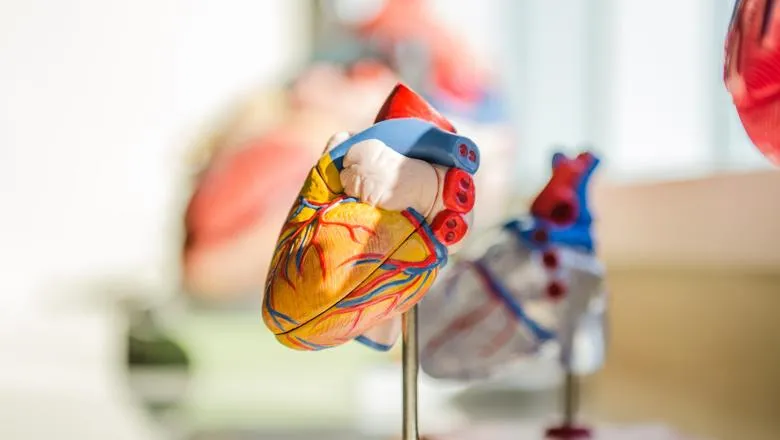Our research has identified distinct disease mechanisms, meaning we now know what areas to target for therapy, which has the potential to improve the range of treatment options for patients with this disease.”
Dr Haseeb Rahman.
10 June 2020
New heart research supports the role of routine diagnosis for small vessel angina
A recent study provides evidence to support distinct disease mechanisms in small vessel angina, which show potential for targeted therapies.

Researchers from King’s College London in the School of Biomedical Engineering & Imaging Sciences, School of Cardiovascular Medicine & Sciences, and the Pharmacology and Therapeutics Department, have made an important discovery with regards to small vessel angina, a common, yet overlooked condition in patients suffering from chest pain.
A recent study conducted at Guy’s and St Thomas’ NHS Foundation Trust, funded by the British Heart Foundation and NIHR Guy’s and St Thomas’ Biomedical Research Centre and published in the Journal of the American College of Cardiology, has found supporting evidence that patients with small vessel angina, a condition in which the walls of the small arteries in the heart are damaged, develop symptoms during physical exercise leading to abnormal blood supply to the heart.
This mechanistic study demonstrated that abnormalities are not only confined to the heart and affect several of their blood vessels.
This finding is important as it is estimated that small vessel problems affect one third of patients with angina. The discovery has the potential to lead to new treatment options which will improve the management of the condition and provide patients with a better quality of life.
“This condition has previously been difficult to diagnose because the vessels are too small to be detected using standard tests. Recent advances have demonstrated the importance of performing dedicated tests to diagnose small vessel angina. Whilst our ability to diagnose this condition has subsequently improved, treatment options have remained limited,” said lead author, Dr Haseeb Rahman, British Heart Foundation Clinical Research Fellow at King’s and Cardiologist Registrar at Guy's and St Thomas'.
Now that the distinct disease mechanisms have been demonstrated, and small vessel angina has been established as an important diagnosis in patients with angina, more research using drug trials can commence.
“Our findings provide a model for future studies to classify patients with small vessel angina into two groups to optimally test different treatment options,” said Amedeo Chiribiri, Professor of Cardiovascular Imaging at King’s and Honorary Consultant Cardiologist at Guy's and St Thomas'.
“These classifications will help us identify who will benefit most from targeted therapies, and provide more reliable results than was previously possible.”

